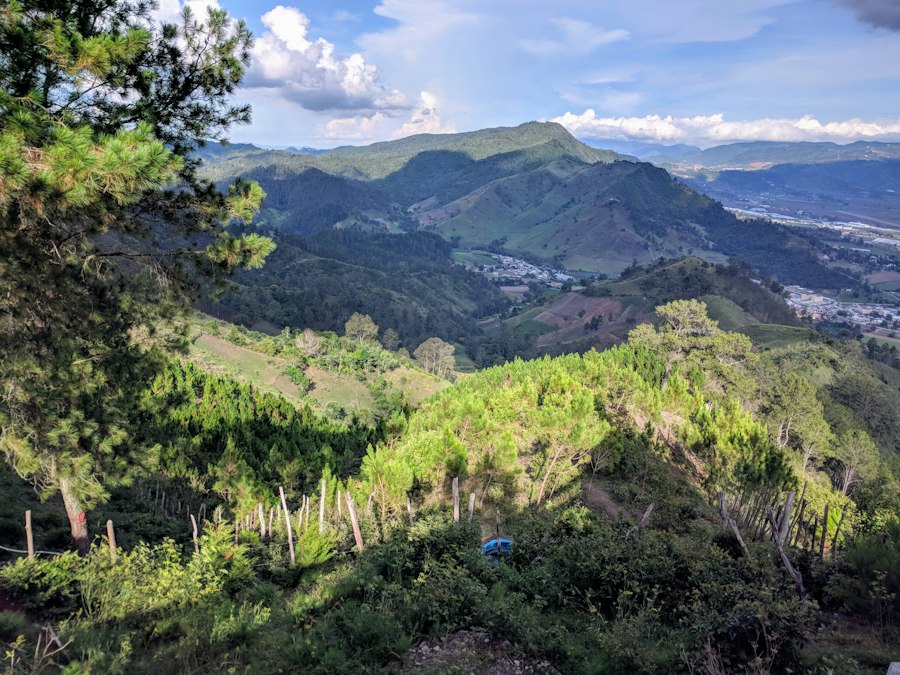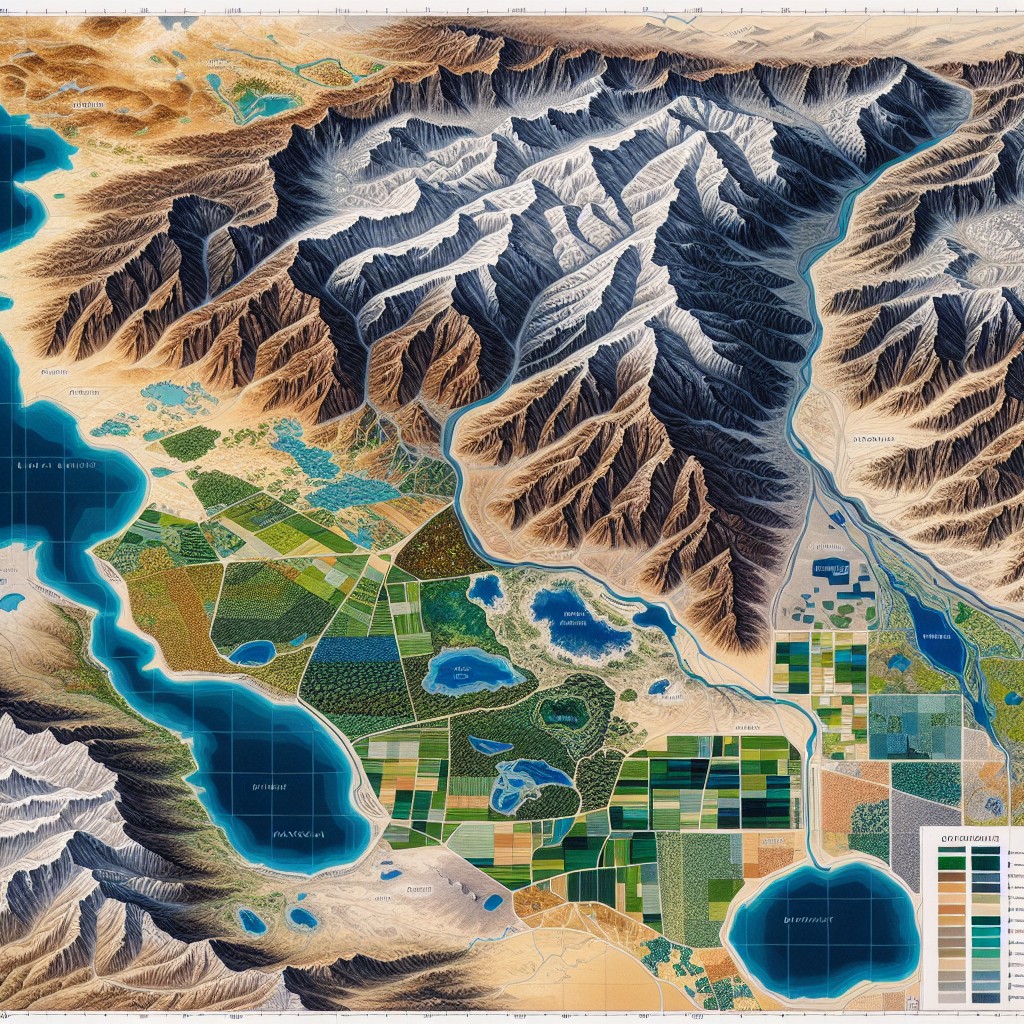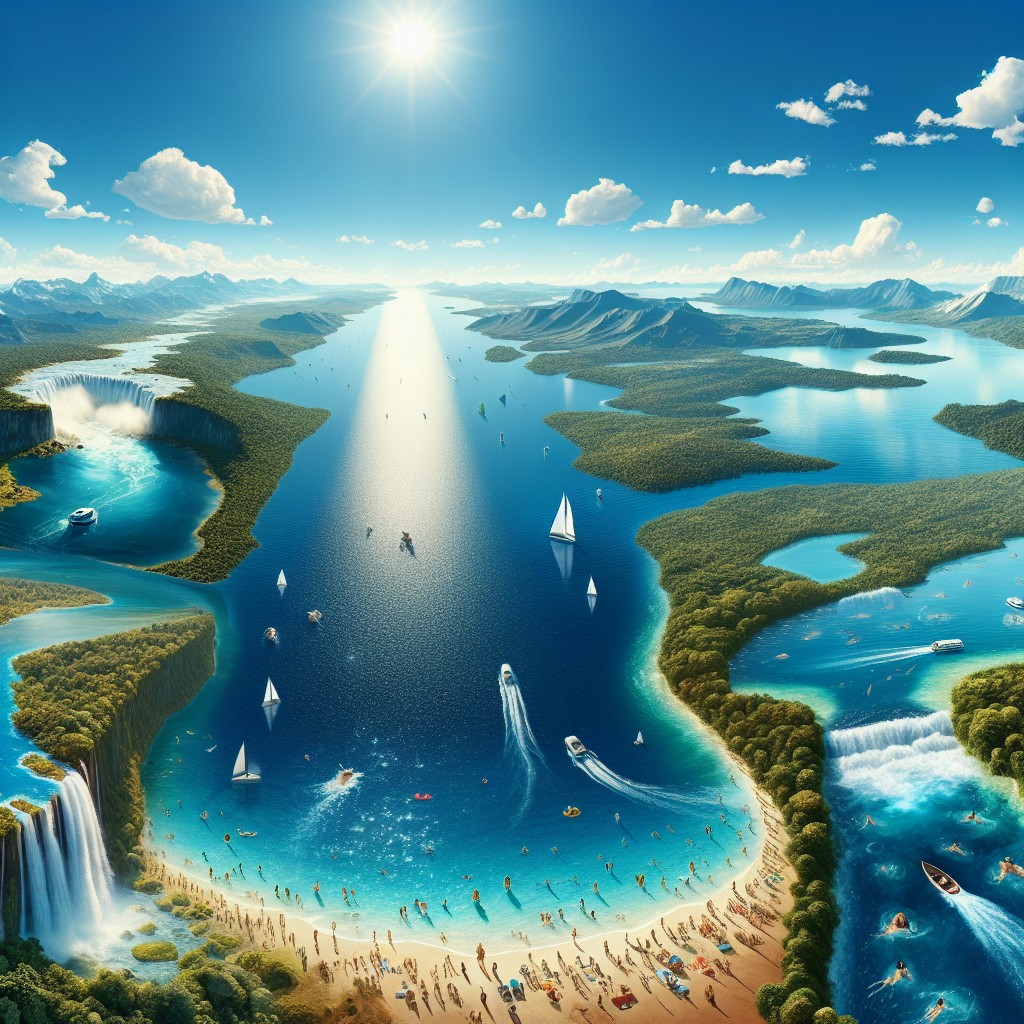The Dominican Republic is a popular travel destination known for its stunning beaches, vibrant culture, and warm hospitality. However, beyond the well-known tourist spots lies a treasure trove of hidden gems waiting to be discovered. From its rich history and culture to its diverse landscapes and delicious cuisine, the Dominican Republic offers a wealth of experiences for adventurous travelers.
Summary
- The Dominican Republic is home to hidden treasures waiting to be discovered.
- The country boasts a rich history and culture that is worth exploring.
- Natural wonders such as waterfalls and national parks are must-visit destinations.
- The Dominican Republic has some of the best beaches in the world.
- The local cuisine is delicious and should not be missed.
The Rich History and Culture of the Dominican Republic
The Dominican Republic has a fascinating history that dates back centuries. It was the first European settlement in the Americas and played a crucial role in the colonization of the New World. The country’s history is shaped by a mix of indigenous Taíno culture, Spanish colonialism, African influences from the slave trade, and more recent waves of immigration from Europe and the Middle East.
One of the best ways to immerse yourself in the country’s culture is by visiting its many cultural attractions and events. The capital city of Santo Domingo is home to the Colonial Zone, a UNESCO World Heritage site that showcases the country’s colonial past. Here, you can explore historic buildings, cobblestone streets, and beautiful plazas. The Alcázar de Colón, once home to Christopher Columbus’ son Diego, is a must-visit for history buffs.
Another cultural highlight is the annual Carnival celebration, which takes place in February. This vibrant festival features colorful parades, music, dancing, and traditional costumes. It is a time when locals come together to celebrate their heritage and showcase their artistic talents.
Exploring the Natural Wonders of the Dominican Republic
The Dominican Republic is blessed with diverse landscapes that range from pristine beaches to lush rainforests and towering mountains. One of the country’s most famous natural attractions is the Pico Duarte, the highest peak in the Caribbean. Hiking to the summit offers breathtaking views and a chance to experience the country’s rugged beauty.
For nature lovers, the country’s national parks are a must-visit. The Parque Nacional del Este is home to stunning beaches, coral reefs, and mangrove forests. It is also a sanctuary for endangered species such as the West Indian manatee and the Hispaniolan solenodon. The Parque Nacional Los Haitises is another natural wonder, with its limestone karsts, caves, and rich biodiversity.
Outdoor enthusiasts will find plenty of activities to enjoy in the Dominican Republic. From snorkeling and diving in the crystal-clear waters to zip-lining through the rainforest canopy, there is something for everyone. The country’s rivers and waterfalls also offer opportunities for rafting, canyoning, and swimming in natural pools.
The Best Beaches in the Dominican Republic: A Guide
| Beach Name | Location | Water Temperature | Wave Height | Activities |
|---|---|---|---|---|
| Bavaro Beach | Punta Cana | 28°C | 1-2 ft | Snorkeling, Parasailing, Jet Skiing |
| Playa Rincon | Samana | 26°C | 3-4 ft | Hiking, Horseback Riding, Surfing |
| Playa Grande | Rio San Juan | 27°C | 4-5 ft | Surfing, Snorkeling, Diving |
| Playa Dorada | Puerto Plata | 27°C | 1-2 ft | Golfing, Windsurfing, Kiteboarding |
The Dominican Republic is famous for its stunning beaches, and it’s no wonder why. With over 1,000 miles of coastline, the country boasts some of the most beautiful beaches in the Caribbean. From secluded coves to lively beach towns, there is a beach for every type of traveler.
Punta Cana is perhaps the most well-known beach destination in the Dominican Republic. With its white sandy beaches and turquoise waters, it’s a paradise for sun-seekers. The area is also home to many all-inclusive resorts, making it a popular choice for families and honeymooners.
For those looking for a more laid-back beach experience, Playa Rincon in Samana is a hidden gem. This secluded beach offers pristine sands, crystal-clear waters, and a tranquil atmosphere. It’s the perfect place to unwind and escape the crowds.
If you’re looking for a beach with a vibrant atmosphere, head to Cabarete. This beach town on the north coast is known for its strong winds, making it a haven for windsurfers and kiteboarders. It also has a lively nightlife scene, with beachfront bars and restaurants.
The Delicious Cuisine of the Dominican Republic
No trip to the Dominican Republic is complete without indulging in its delicious cuisine. The country’s culinary traditions are a fusion of indigenous, African, and European influences, resulting in a unique and flavorful cuisine.
One of the most popular dishes in the Dominican Republic is sancocho, a hearty stew made with meat, vegetables, and spices. It is often served with rice and avocado. Another must-try dish is mofongo, a dish made with mashed plantains, garlic, and pork cracklings. It is typically served with meat or seafood.
Seafood lovers will be in heaven in the Dominican Republic. The country’s coastal waters are teeming with fresh fish and seafood, which are often grilled or fried and served with rice and beans. Some popular seafood dishes include pescado con coco (fish with coconut sauce) and camarones al ajillo (garlic shrimp).
To wash it all down, try a refreshing glass of morir soñando, a popular drink made with orange juice, milk, sugar, and ice. It’s the perfect way to cool down on a hot day.
Off the Beaten Path: Lesser-Known Destinations in the Dominican Republic

While Punta Cana and Santo Domingo are popular tourist destinations, there are many lesser-known places in the Dominican Republic that are worth exploring. These hidden gems offer a chance to experience the country’s natural beauty and local culture away from the crowds.
One such destination is Jarabacoa, located in the heart of the country’s mountainous region. Known as the “City of Eternal Spring,” Jarabacoa offers stunning landscapes, including waterfalls, rivers, and lush forests. It is a paradise for outdoor enthusiasts, with opportunities for hiking, horseback riding, and river rafting.
Another hidden gem is the town of Barahona, located on the country’s southwestern coast. This off-the-beaten-path destination is known for its stunning beaches, turquoise waters, and untouched natural beauty. It is also home to the Bahía de las Águilas, a pristine beach that is often described as one of the most beautiful in the Caribbean.
Adventure Activities in the Dominican Republic
For adrenaline junkies, the Dominican Republic offers a wide range of adventure activities. Whether you’re a thrill-seeker or just looking to try something new, there is an adventure waiting for you.
One popular activity is canyoning, which involves rappelling down waterfalls and exploring hidden caves. The country’s mountainous terrain and abundance of rivers make it an ideal destination for this thrilling activity.
Another popular adventure activity is zip-lining. The Dominican Republic is home to some of the longest and highest zip lines in the Caribbean, offering breathtaking views and an adrenaline rush like no other.
For those who prefer water sports, there are plenty of options to choose from. Surfing, windsurfing, and kiteboarding are popular along the country’s north coast, where strong winds and waves create ideal conditions for these sports. Scuba diving and snorkeling are also popular, with coral reefs teeming with marine life.
The Best Time to Visit the Dominican Republic
The Dominican Republic enjoys a tropical climate with warm temperatures year-round. However, there are certain times of the year that are more favorable for specific activities and experiences.
The peak tourist season in the Dominican Republic is from December to April when the weather is dry and temperatures are mild. This is a great time to visit if you’re looking to enjoy outdoor activities such as hiking, exploring national parks, or lounging on the beach.
If you’re interested in whale watching, plan your visit between January and March when humpback whales migrate to the waters off the coast of Samana. This is a unique opportunity to witness these majestic creatures up close.
For those looking to avoid the crowds and take advantage of lower prices, consider visiting during the shoulder seasons of May and November. While there may be some rain showers, the weather is still warm, and you’ll have a chance to experience the country without the crowds.
Sustainable Tourism in the Dominican Republic: Making a Positive Impact
The Dominican Republic is committed to sustainable tourism practices and has implemented various initiatives to protect its natural resources and support local communities. As a responsible traveler, there are several ways you can make a positive impact during your visit.
One way is by choosing eco-friendly accommodations that prioritize sustainability and minimize their environmental footprint. Look for hotels and resorts that have implemented energy-saving measures, waste reduction programs, and support local communities through employment and sourcing of local products.
Supporting local businesses and artisans is another way to make a positive impact. Purchase souvenirs and handicrafts directly from local artisans, visit local markets, and dine at locally-owned restaurants. This not only supports the local economy but also allows you to experience the authentic culture of the Dominican Republic.
Finally, respect the natural environment by practicing responsible tourism. Follow designated trails, dispose of waste properly, and avoid damaging coral reefs or other fragile ecosystems. By being mindful of your actions, you can help preserve the country’s natural beauty for future generations to enjoy.
Why the Dominican Republic Should be on Your Travel Bucket List
The Dominican Republic offers a wealth of unique attractions and experiences that make it an ideal travel destination. From its rich history and vibrant culture to its stunning beaches and diverse landscapes, there is something for everyone in this Caribbean paradise.
Whether you’re looking to relax on pristine beaches, explore national parks, indulge in delicious cuisine, or embark on thrilling adventures, the Dominican Republic has it all. And with its commitment to sustainable tourism, you can feel good about making a positive impact during your visit.
So why not add the Dominican Republic to your travel bucket list? It’s a destination that will captivate your senses, leave you with unforgettable memories, and have you longing to return again and again.
FAQs
What is the Dominican Republic?
The Dominican Republic is a country located in the Caribbean region of North America. It shares the island of Hispaniola with Haiti.
What is the capital of the Dominican Republic?
The capital of the Dominican Republic is Santo Domingo.
What is the population of the Dominican Republic?
As of 2021, the estimated population of the Dominican Republic is approximately 10.8 million people.
What is the official language of the Dominican Republic?
The official language of the Dominican Republic is Spanish.
What is the currency of the Dominican Republic?
The currency of the Dominican Republic is the Dominican peso.
What is the climate like in the Dominican Republic?
The climate in the Dominican Republic is tropical, with warm temperatures year-round. The country experiences a rainy season from May to November.
What are some popular tourist attractions in the Dominican Republic?
Some popular tourist attractions in the Dominican Republic include Punta Cana, Santo Domingo’s Colonial Zone, the beaches of Puerto Plata, and the historic city of Santiago de los Caballeros.
What is the economy of the Dominican Republic based on?
The economy of the Dominican Republic is based on a mix of agriculture, manufacturing, and services. The country is a major exporter of sugar, coffee, and tobacco. Tourism is also a significant contributor to the economy.


